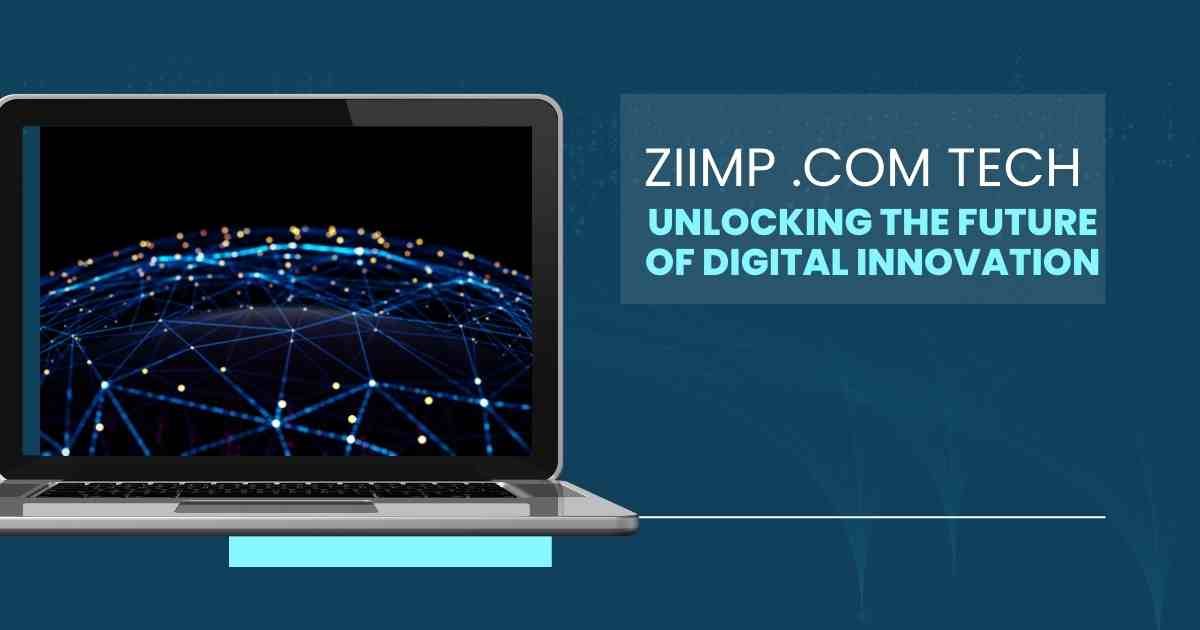Introduction
Imagine a thread so fine you can’t see it, yet it holds together the fabric of innovation across technology, business, and human creativity. That thread is Ecmiss—a term unfamiliar to most, but quietly influencing decisions, systems, and solutions around the world.
This is not a fleeting buzzword. Ecmiss represents a layer of understanding and application that works beneath the visible surface of innovation. In this article, we will uncover what it is, where it comes from, how it functions in different industries, and why it may be the hidden driver of tomorrow’s most impactful developments.
What Is Ecmiss?
Ecmiss is best described as a conceptual and operational framework that blends predictive logic, adaptive design, and systemic alignment. It’s a philosophy and a tool—used to ensure that innovation is not only reactive to current needs but also anticipates future shifts.
Think of it as the architect behind the blueprint—not the visible structure, but the underlying intelligence that makes the structure possible. While some see it as a methodology, others frame it as a principle that integrates data, human intuition, and environmental signals into a single decision-making model.
Origins and Philosophical Background
The term Ecmiss is a composite of ideas drawn from engineering, computational modeling, and systems science. Its roots can be traced to:
- Early Cybernetics – the study of feedback loops in machines and living organisms.
- Strategic Foresight Practices – used by military, corporate, and policy planners to anticipate change.
- Design Thinking – emphasizing empathy, adaptability, and user-focused solutions.
Philosophically, Ecmiss aligns with the belief that every system contains both visible actions and invisible principles guiding those actions. This is reminiscent of how a river’s surface may look calm while strong currents work beneath, shaping its direction and speed.
Real-World Applications of Ecmiss
1. Artificial Intelligence
In AI, Ecmiss is used to align machine learning models with dynamic real-world conditions. Instead of static algorithms, it promotes adaptive models that evolve with new data inputs.
Example: An AI healthcare system adjusting patient treatment recommendations based on shifting epidemiological patterns, not just past cases.
2. Business Strategy
Corporations leverage Ecmiss to anticipate market disruptions before they manifest. By monitoring weak signals—subtle changes in customer behavior, regulation, or resource availability—leaders can pivot faster.
Example: A retail chain detecting a decline in foot traffic weeks before competitors and shifting marketing budgets to digital channels ahead of the curve.
3. Education
Ecmiss principles help educators adapt lesson delivery in real time. This approach prioritizes engagement and comprehension by responding instantly to student feedback.
Example: Switching teaching formats mid-lesson when students appear disengaged, ensuring learning outcomes remain high.
4. Design and Architecture
Designers use Ecmiss to create spaces that adapt to user needs over time—dynamic layouts, modular furniture, and environmental sensors that adjust lighting and temperature.
5. Social Policy
Governments apply Ecmiss-like frameworks to predict societal challenges such as housing shortages or job market shifts, implementing measures before crises hit.
How Ecmiss Differs from Traditional Protocols
| Aspect | Ecmiss | Traditional Protocols |
|---|---|---|
| Focus | Anticipates and adapts to change | Responds to existing conditions |
| Data Use | Continuous, multi-source integration | Periodic, limited datasets |
| Decision Model | Flexible and non-linear | Fixed and linear |
| Outcome Priority | Long-term resilience | Short-term efficiency |
| Human Involvement | Balanced with machine intelligence | Often human-dominant or machine-dominant |
Future Implications of Ecmiss
Ethics
The predictive nature of Ecmiss raises questions: If we can anticipate change, how much should we act on possibilities that might not materialize?
Risks
Overreliance on Ecmiss-driven predictions could lead to “false positive” actions—shifts in policy or investment that prove unnecessary.
Opportunities
Widespread adoption could make industries more resilient, sustainable, and responsive, potentially preventing crises before they occur.
Best Practices for Designing with Ecmiss
- Start with Diverse Data – Broaden the scope of inputs to include human insights, market trends, and environmental signals.
- Test Adaptability – Regularly simulate potential disruptions to see how your system reacts.
- Balance Speed with Caution – Quick action is vital, but so is verifying the accuracy of your predictions.
- Integrate Ethics Reviews – Have an independent panel assess major Ecmiss-driven decisions for fairness and long-term impact.
- Educate Teams – Ensure all stakeholders understand not just the outputs, but the reasoning behind Ecmiss strategies.
Conclusion: The Human Meaning of Ecmiss
Ecmiss is more than a tool—it’s a lens. It changes how we see problems, predict possibilities, and prepare for the unknown. By embracing its principles, we acknowledge that true innovation isn’t just about reacting to the present, but preparing for the future in a way that feels almost instinctive.
Just like a skilled sailor reads invisible wind patterns to steer ahead of a storm, Ecmiss enables innovators to navigate unseen currents in technology, society, and human behavior.
FAQs About Ecmiss
1. What is Ecmiss in simple terms?
It’s a way of predicting and adapting to change using both data and human insight.
2. Where is Ecmiss used most?
In AI, business strategy, education, design, and social policy.
3. Is Ecmiss a technology or a philosophy?
Both—it’s a conceptual approach with practical applications.
4. Can Ecmiss be applied in small businesses?
Yes—small teams can use Ecmiss to anticipate market shifts and adapt faster.
5. Will Ecmiss replace traditional planning?
Not entirely—it works best as a complement to structured planning methods.











